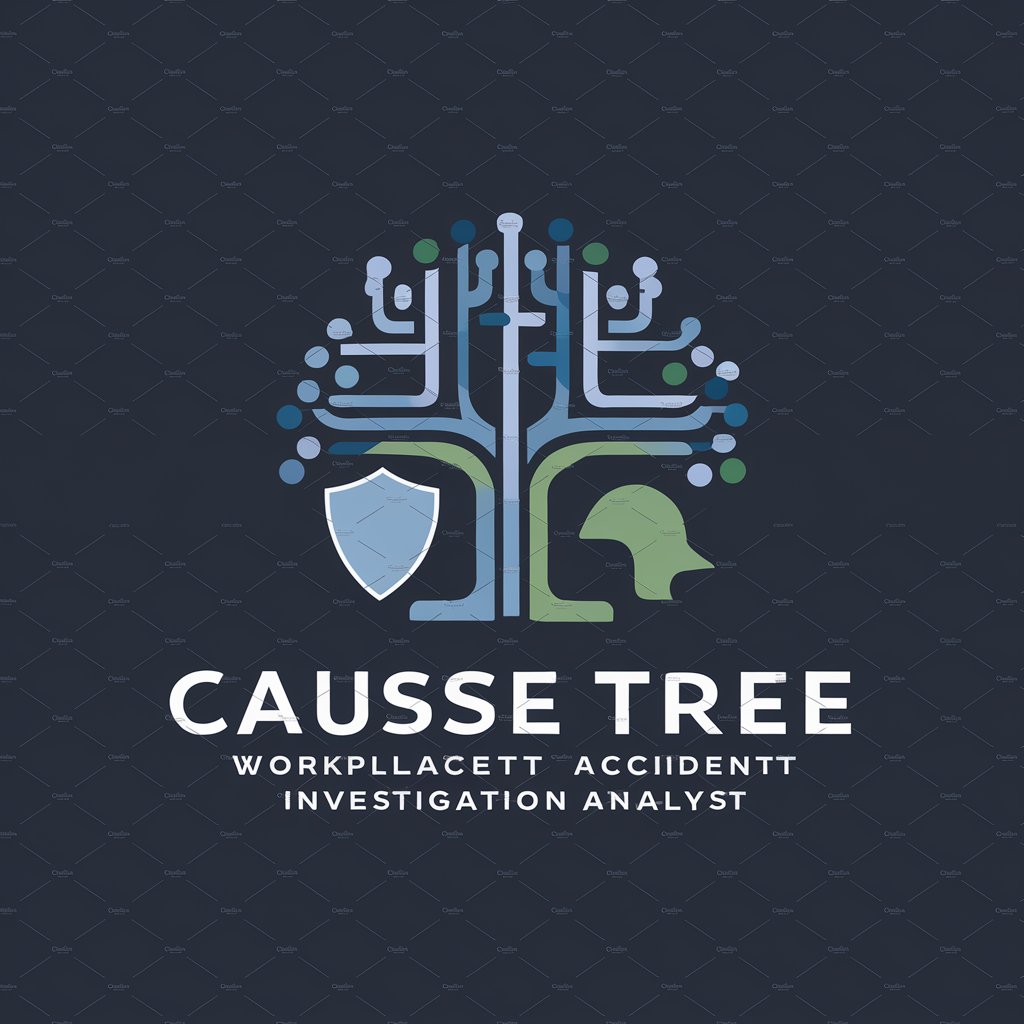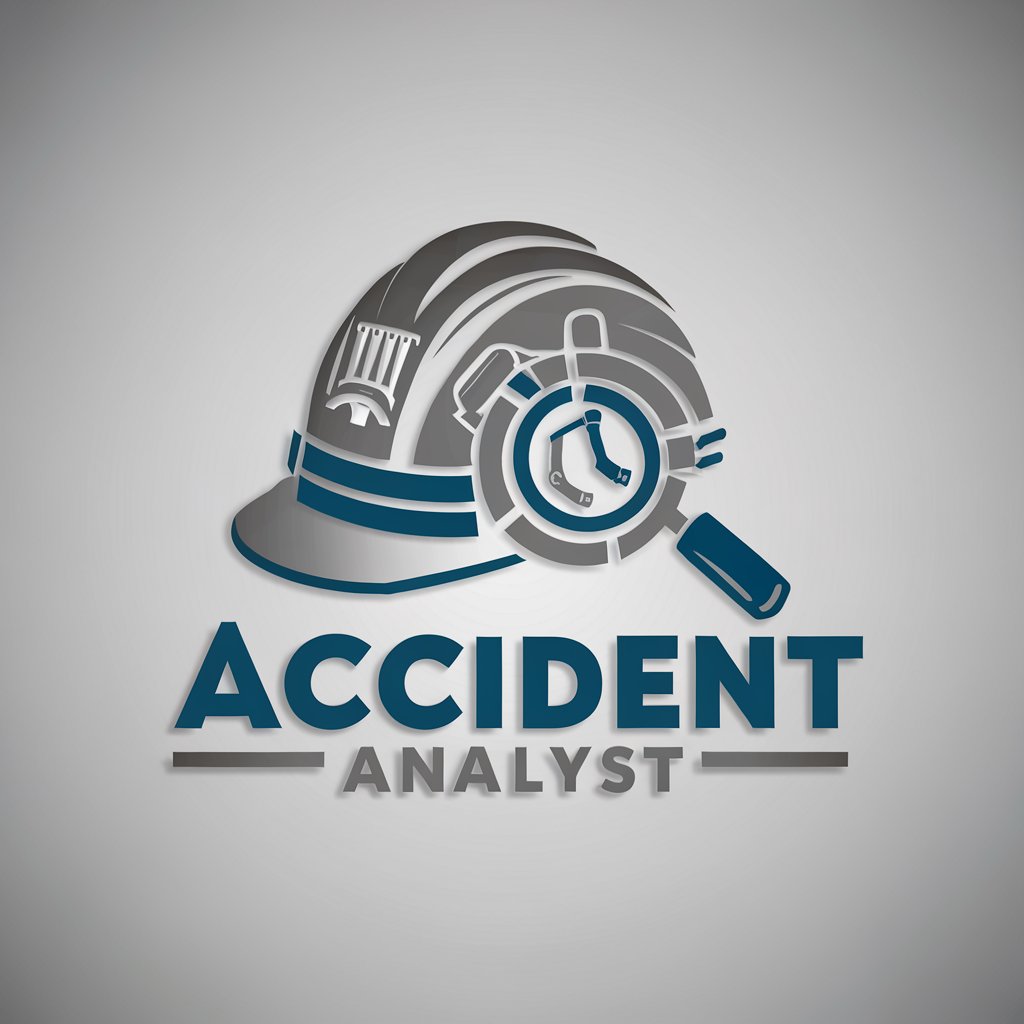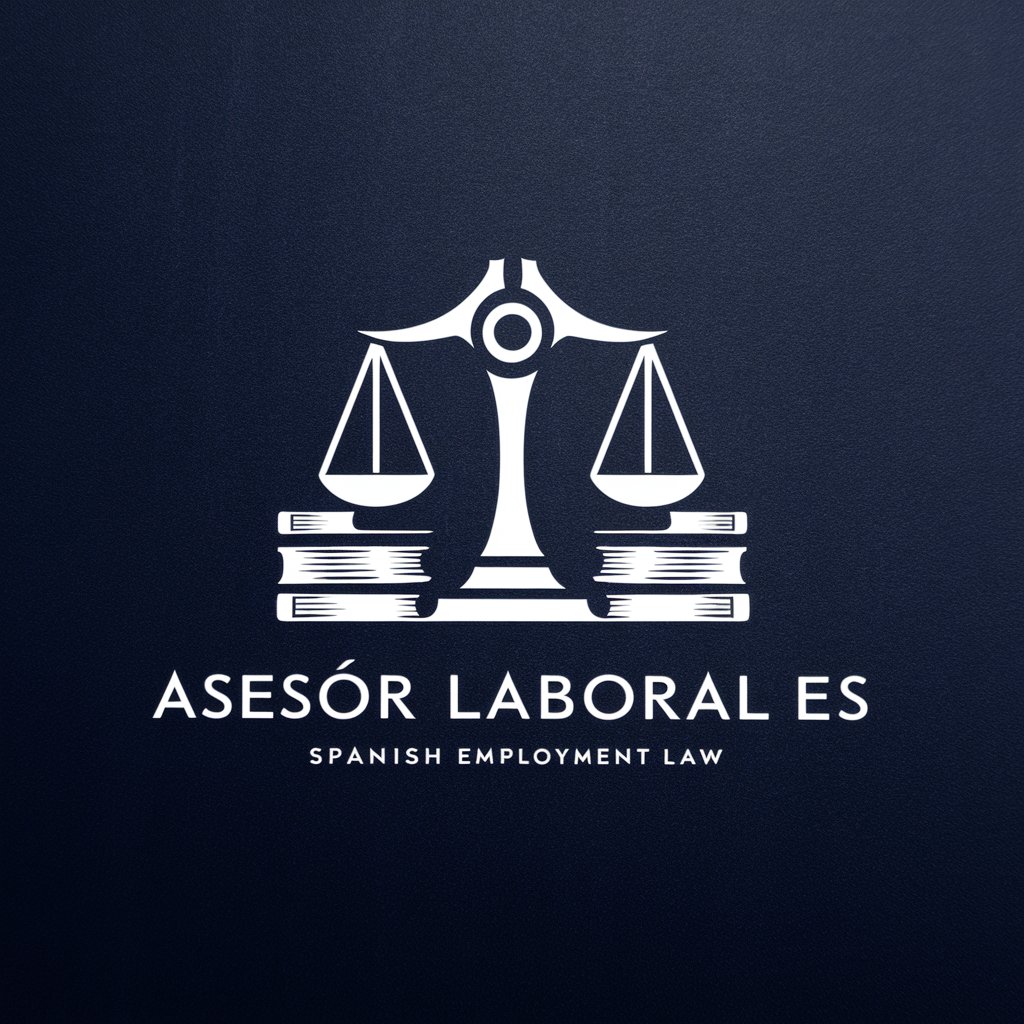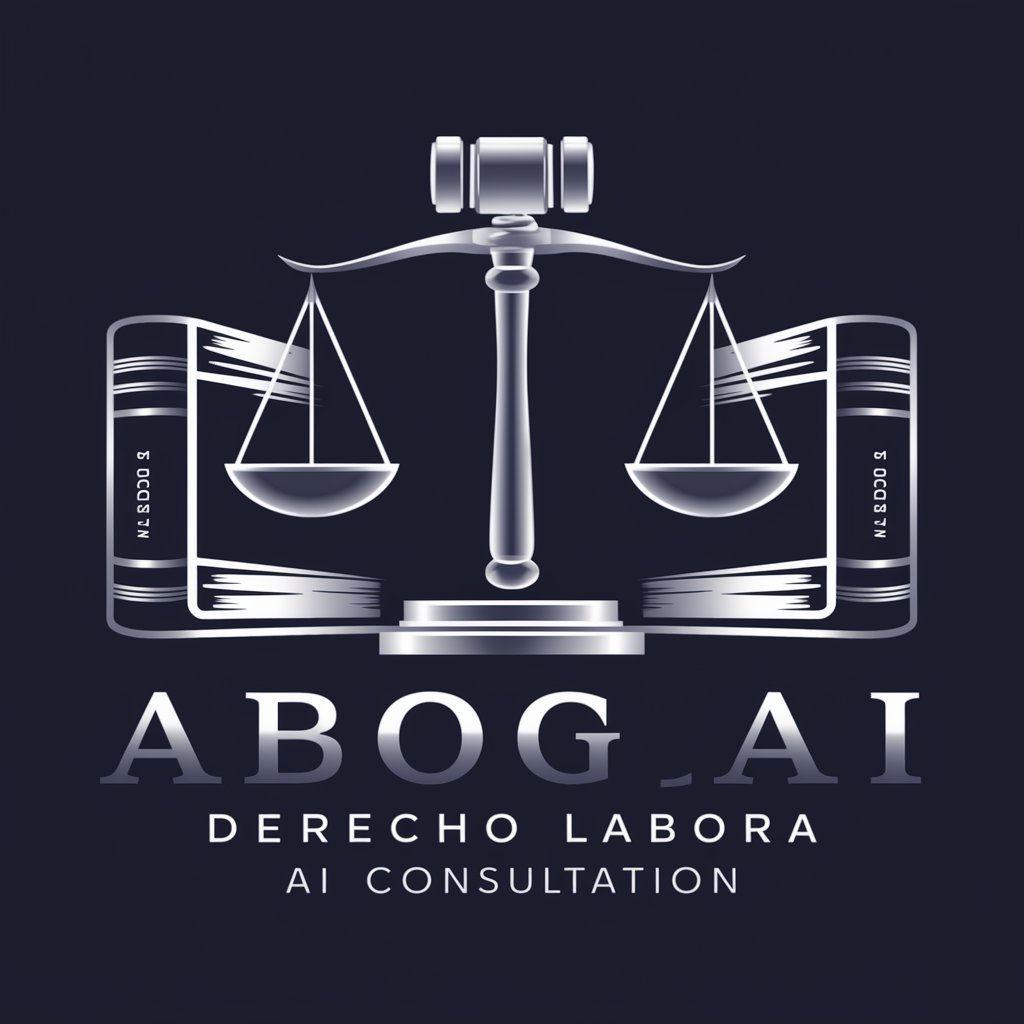
Investigación de Accidentes Laborales - workplace accident analysis

Welcome to your expert accident investigation assistant.
Decoding accidents with AI
Describe the steps involved in collecting information for an accident investigation.
Explain the importance of the Cause Tree method in workplace safety.
List the key elements that should be included in an accident investigation report.
Outline the preventive measures derived from accident investigation findings.
Get Embed Code
Introduction to Investigación de Accidentes Laborales
Investigación de Accidentes Laborales (IAL) is a specialized risk analysis service focused on investigating workplace accidents using the 'Tree of Causes' method. This approach provides a systematic way to dissect complex events and conditions leading to accidents, aiming to uncover underlying factors and contributory conditions. It is particularly designed to guide safety professionals, plant supervisors, or accident investigators through the creation of a cause tree for each specific incident, facilitating a deep understanding of how and why certain accidents occur. For example, after a severe workplace injury due to machinery, IAL would help trace back all the events and conditions leading to the incident, identify risk factors, and suggest preventive measures. Powered by ChatGPT-4o。

Main Functions of Investigación de Accidentes Laborales
Cause Tree Analysis
Example
In the case of a fatal accident on a construction site, IAL would analyze the sequence of events leading to the accident, including equipment failure and safety protocol breaches, to establish a comprehensive cause-effect diagram.
Scenario
This helps identify specific interventions to prevent recurrence, such as equipment checks and updated training programs.
Risk Identification and Management
Example
IAL might be employed following a series of minor incidents at a manufacturing plant to analyze common links and underlying causes.
Scenario
By understanding these patterns, the plant can implement targeted safety measures, reducing the risk of more severe accidents.
Preventive Measures and Safety Recommendations
Example
After investigating an accident where a worker was exposed to hazardous chemicals, IAL would recommend specific safety upgrades, such as improved ventilation and stricter handling protocols.
Scenario
These recommendations help ensure safer working conditions and compliance with national safety regulations.
Ideal Users of Investigación de Accidentes Laborales Services
Safety Professionals
Safety officers and risk managers in industries such as construction, manufacturing, and mining would benefit from IAL's detailed analytical process to enhance workplace safety and compliance.
Company Supervisors and Managers
Supervisors and plant managers can use IAL's findings to understand accident dynamics and integrate preventive measures into daily operations to safeguard employees.
Regulatory and Compliance Authorities
Government inspectors and compliance officers might use IAL reports to monitor and enforce safety standards across various industries, ensuring adherence to legal requirements.

Steps for Using Investigación de Accidentes Laborales
Step 1
Visit yeschat.ai for a free trial, no login required, and no need for ChatGPT Plus.
Step 2
Review the provided guidelines on the methodology of the 'tree of causes' for accident investigation, familiarize yourself with the terminology and procedures.
Step 3
Collect all necessary information immediately following an accident, including witness testimonies, physical conditions at the accident site, and relevant documents.
Step 4
Construct the 'tree of causes' diagram based on the collected data, linking the facts and identifying the root causes of the accident.
Step 5
Implement corrective and preventive measures based on the analysis to mitigate risks and prevent future accidents.
Try other advanced and practical GPTs
Accident analyst
Deciphering Accidents with AI

Accidentes de Tránsito MX
Navigate Traffic Accidents with AI

Kali Commander
Empowering cybersecurity with AI

Linux Code Companion
Your AI-Powered Linux Guide

🇪🇸 Legal GPT (Spanish Lawyer)
Powering Spanish Legal Insights with AI

Personalized Bible Boost
AI-powered Personalized Scripture

ProdSmith
Empowering Creativity with AI

Hedy Lamarr - Dream Lover
Empowering Conversations with AI

Edgy Narrator
AI with Attitude and Creativity

InfraBot
Empowering Infrastructure with AI

TraduBot
Empowering Communication with AI

Edgy Storyteller
Crafting Unique Stories with AI Power

Q&A About Investigación de Accidentes Laborales
What is the 'tree of causes' method in accident investigation?
The 'tree of causes' method is a systematic approach to investigate workplace accidents by identifying and linking the chain of events leading to the accident. It helps uncover hidden causes and facilitates the development of preventive measures.
How do I collect data for the tree of causes?
Data collection involves gathering detailed information about the accident, including eyewitness accounts, physical conditions at the site, and relevant operational documents. This information should be collected as soon after the accident as possible.
What is the role of witness testimonies in the investigation?
Witness testimonies provide crucial insights into the accident's circumstances. Effective interviewing techniques, such as the PEACE method, ensure that the information collected is accurate and comprehensive.
How is the 'tree of causes' diagram constructed?
The diagram is constructed by listing facts in a logical sequence from the accident's immediate causes to its root causes. This helps in visualizing the relationships between different contributing factors.
What measures can be derived from the analysis?
The analysis helps in developing corrective actions to address the specific causes of the accident and preventive measures that are applicable more broadly to similar risks in the workplace.






